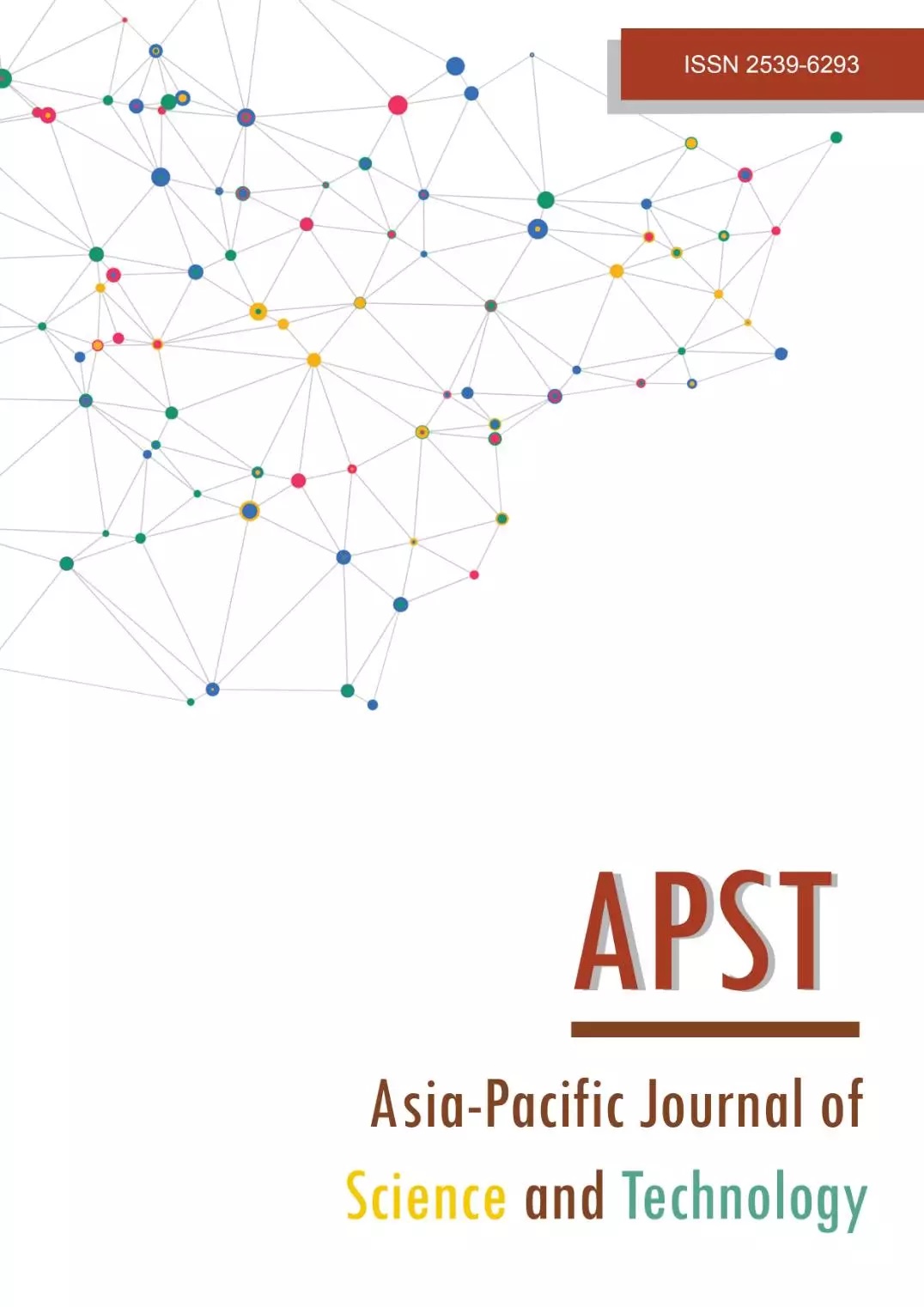A comprehension of the etiologies of stillbirths through clinical, radiographic and autopsy findings: A study at Srinagarind Hospital, Khon Kaen, Thailand
Main Article Content
Abstract
Women experiencing stillbirths are at risks for postpartum depression and subsequent stillbirths. Determining the causes aids maternal coping and may prevent a similar outcome in subsequent pregnancies. The aim of the study is thus to determine the causes of stillbirth by clinical information, radiography, fetal autopsy, and placental examination. Medical records and autopsy studies of stillbirths between 2014 and 2018 at Srinagarind Hospital, Khon Kaen University were reviewed. Stillbirths with the parental consent, delivered at gestational age greater than or equal to 20 weeks or weight more than or equal to 500 grams, were grouped into 8 categories based on causes. Out of 102 stillbirths, the most common cause of stillbirths was placental abnormalities (38.2%). The most common cause of placental abnormalities was placental insufficiency (82.0%). The most common causes of stillbirth in gestational age 20-27+6 weeks were fetal malformations (29.0%) and placental abnormalities (29.0%). The most common cause of stillbirth in gestational age 28-33+6 weeks and gestational age >34 weeks was placental abnormalities (54.1% and 43.4%, respectively). Undetermined cause of stillbirth in all gestational ages was 8.8% and found mostly in gestational age 20-27+6 weeks (12.7%). We thus propose that the most prevalent cause of stillbirth was placental abnormality in every gestational age. The undetermined causes are low because of complete clinical information, radiography, fetal autopsy, and placental examination.
Article Details

This work is licensed under a Creative Commons Attribution-NonCommercial-NoDerivatives 4.0 International License.
References
Cunningham FG, Leveno KJ, Bloom SL, Dashe JS, Hoffman BL, Casey BM, et al. Williams Obstetrics. 25th ed. New York: McGraw-Hill Medical Education; 2018.
Fretts RC. Etiology and prevention of stillbirth. Am J Obstet Gynecol. 2005;193(6):1923-1935
Goldenberg RL, Muhe L, Saleem S, Dhaded S, Goudar SS, Patterson J, et al. Criteria for assigning cause of death for stillbirths and neonatal deaths in research studies in low-middle income countries. J Matern Fetal Neonatal Med. 2019;32(11):1915-1923.
Bukowski R, Carpneter M, Conway D, Coustan D, Dudley DJ, Goldenberg RT, et al. Causes of death among stillbirths. JAMA. 2011;306(22):2459-2468.
Aminu M, Unkels R, Mdegela M, Utz B, Adaji S, Broek N. Causes of and factors associated with stillbirth in low- and middle-income countries: a systematic litera-ture review. BJOG. 2014;121 Suppl 4:141-153.
Hovatta O, Lipasti A, Rapola J, Karjalainen O. Causes of stillbirth: a clinicopathological study of patients. Br J ObstetGynaecol. 1983;90(8):691-696.
Huang L, Sauve R, Birkett N, Fergusson D, Walraven CV. Maternal age and risk of stillbirth: a systematic review. CMAJ. 2008;178(2):165-172.
Horn LC, Langner A, Stiehl P, Wittekind C, Faber R. Identification of the causes of intrauterine death during 310 consecutive autopsies. Eur J Obstet Gynecol Reprod Biol. 2004;113(2):134-138.
Kleebkaow P, Limdumrongchi W, Ratanasiri T, Komwilaisak R, Seejorn K. Prevalence of placental pathology in low birthweight infants. J Med Assoc Thai. 2006;89(5):594-599. PMID:16756042.
Kleebkaow P, Ratanasiri T, Komwilaisak R. Autopsy findings of fetal death. J Med Assoc Thai. 2007;90(1): 21-25. PMID:17621728.
Sakdapreecha L, Koonmee S, Triamwittayanon T, Kietpeerakool C, Kleebkaow P. Accelerated villous maturation of placentas in spontaneous preterm birth. J Med Assoc Thai 2017;100(11):1145.


